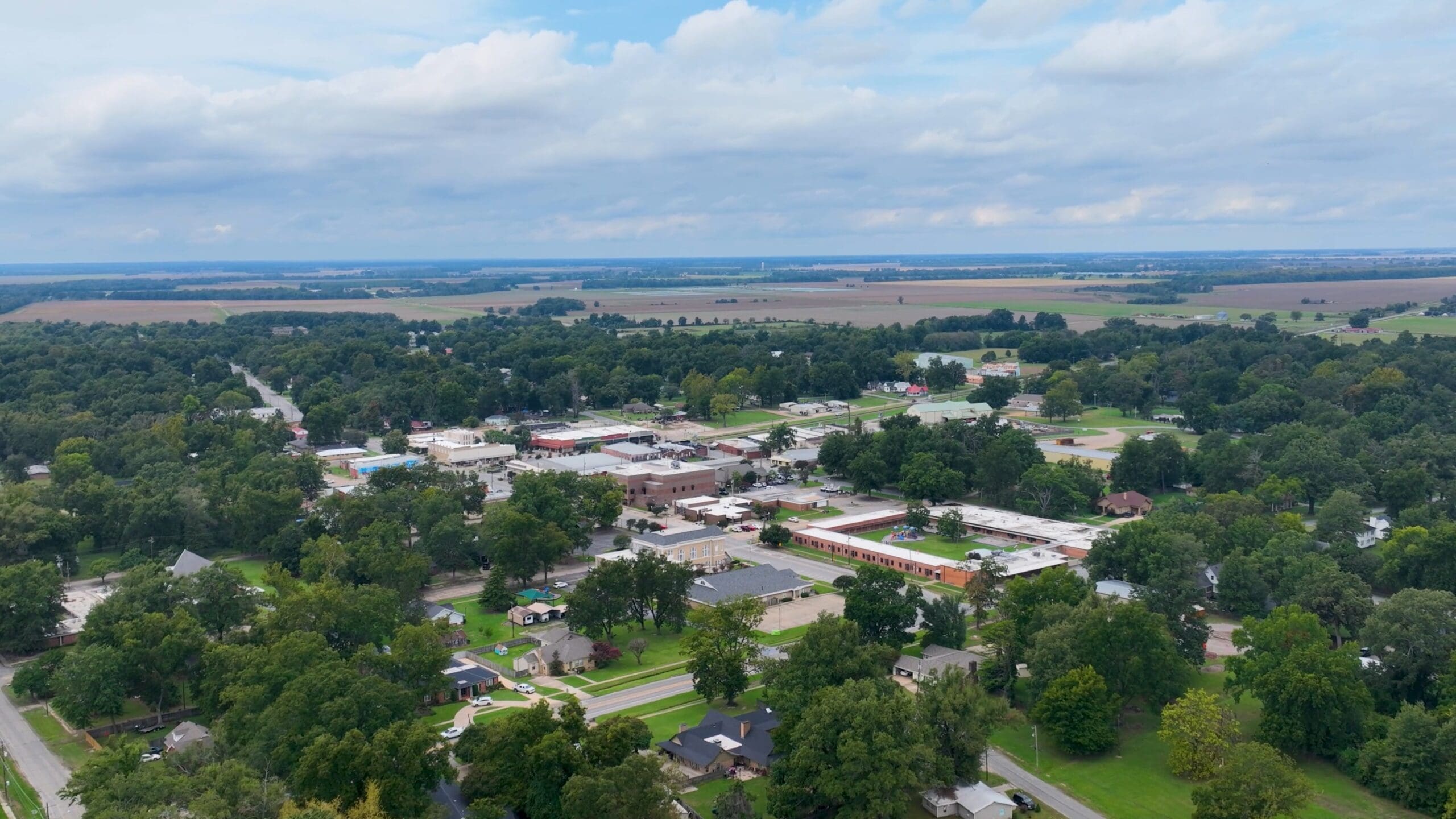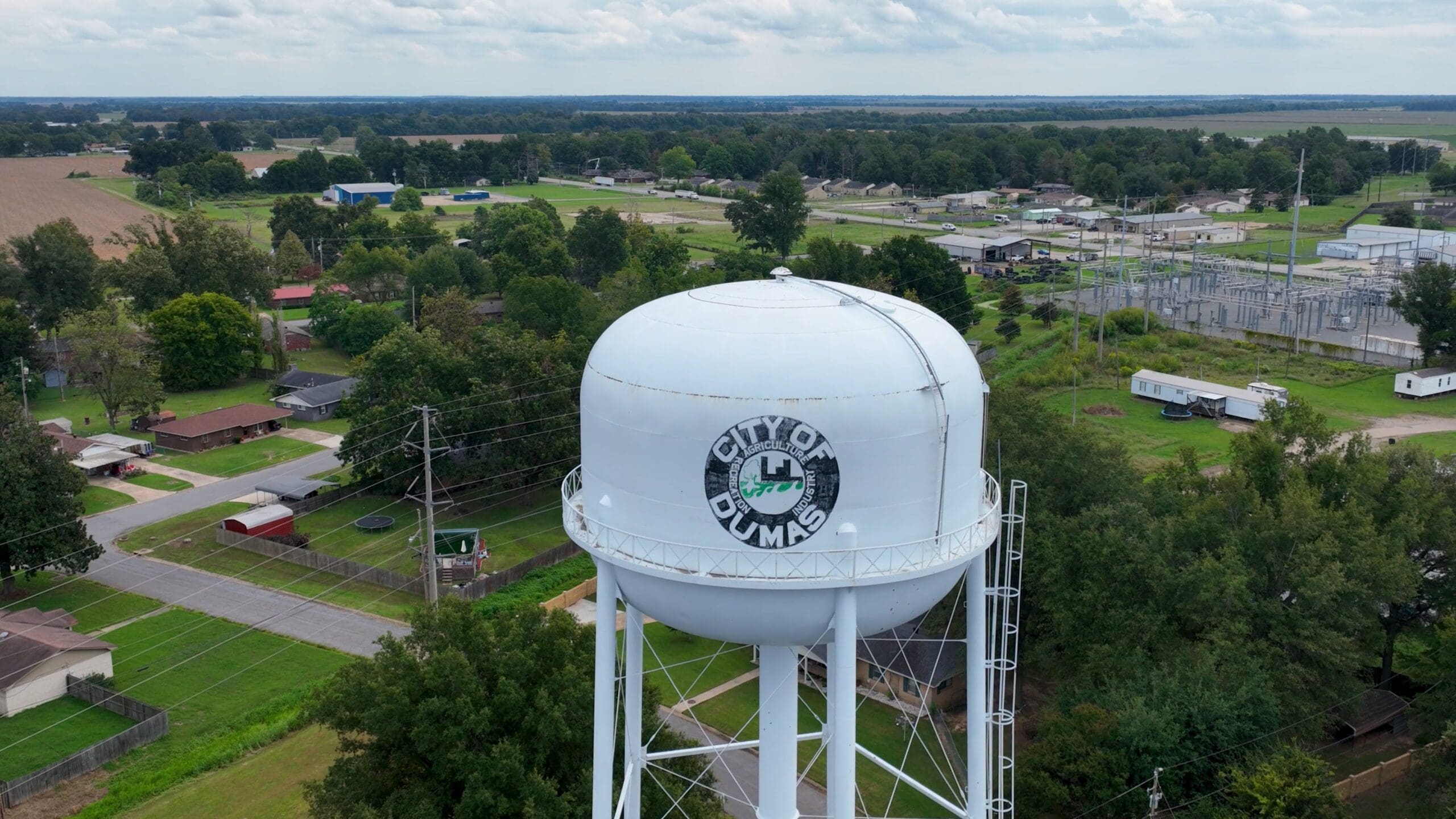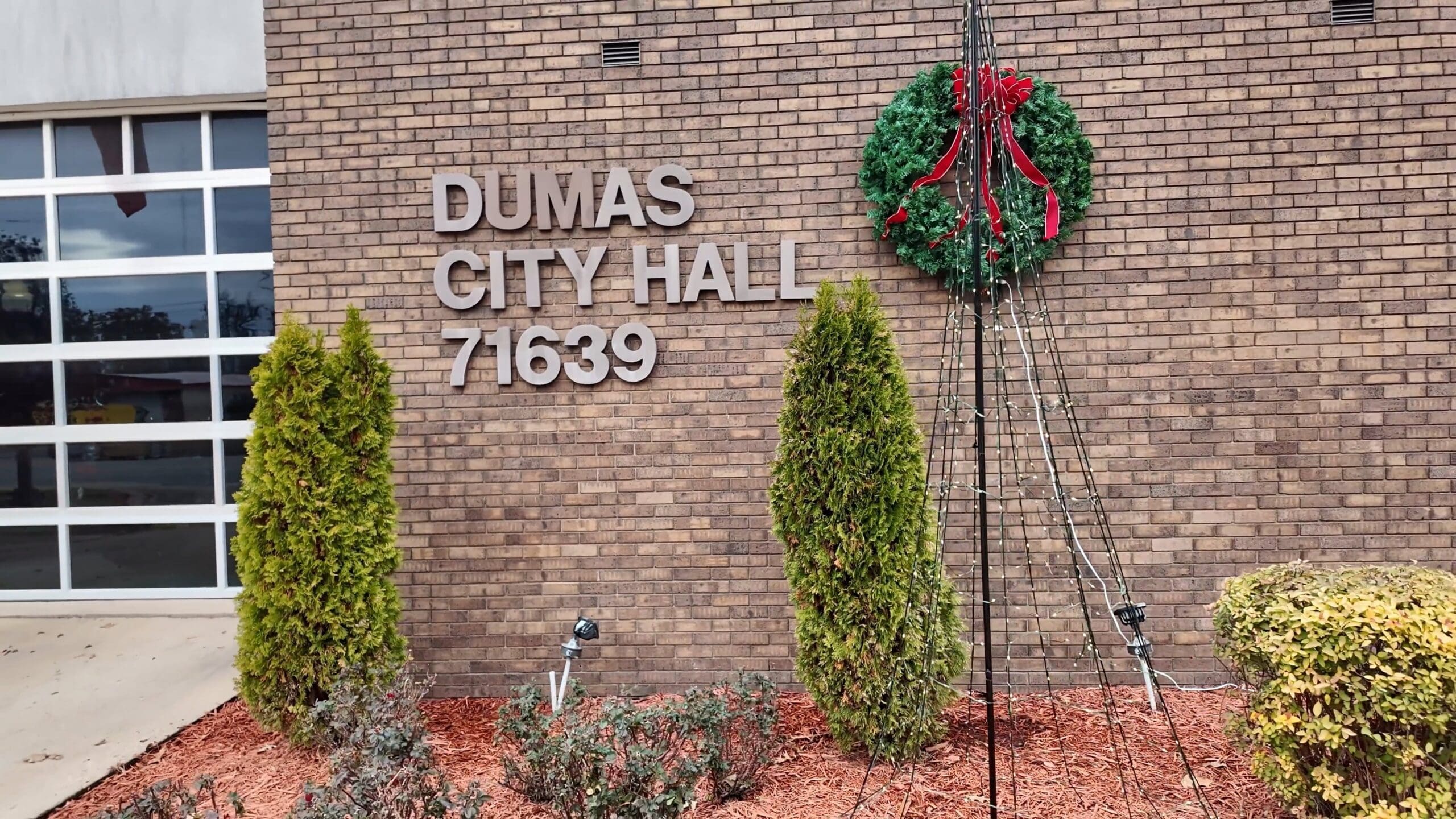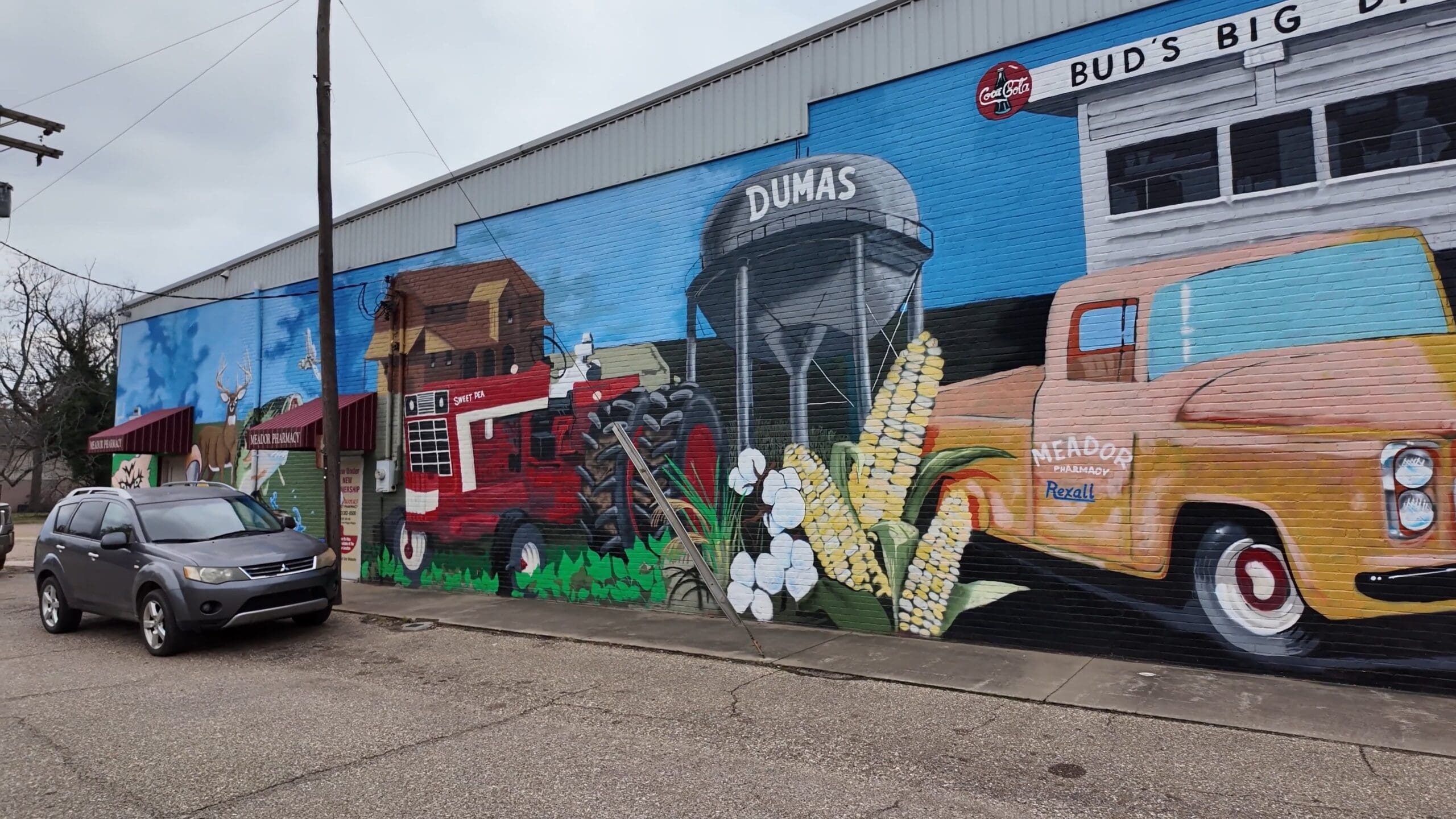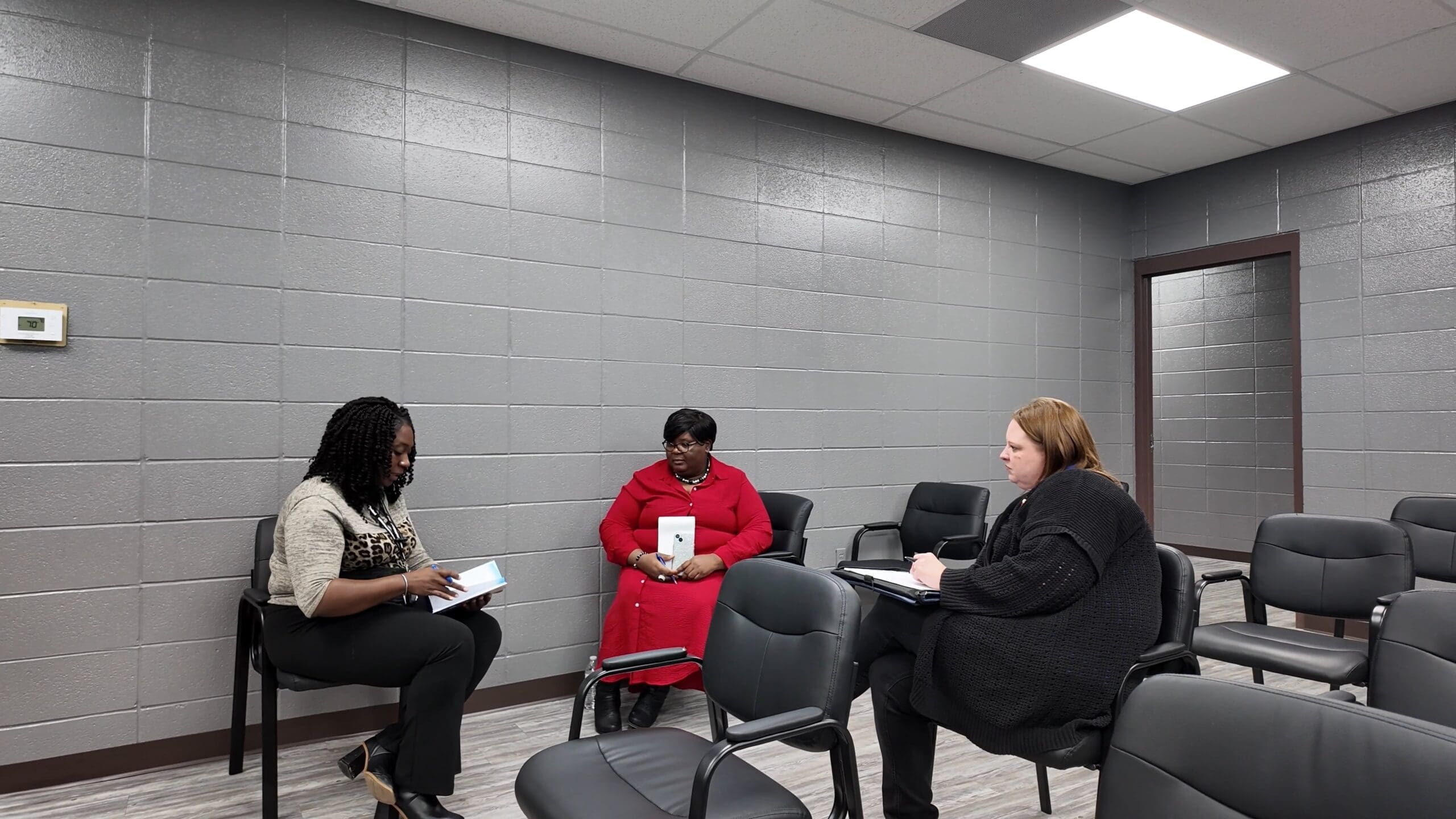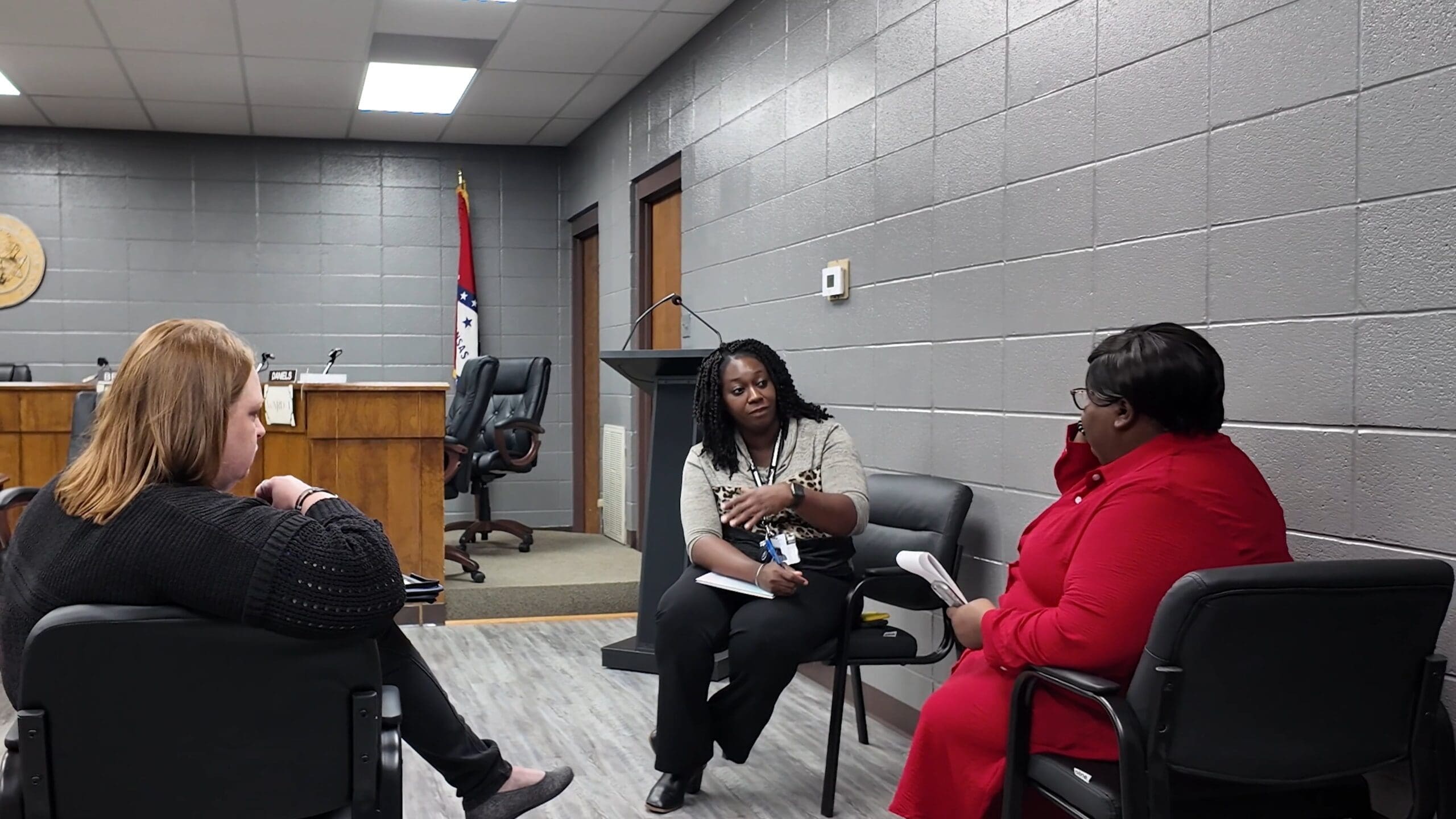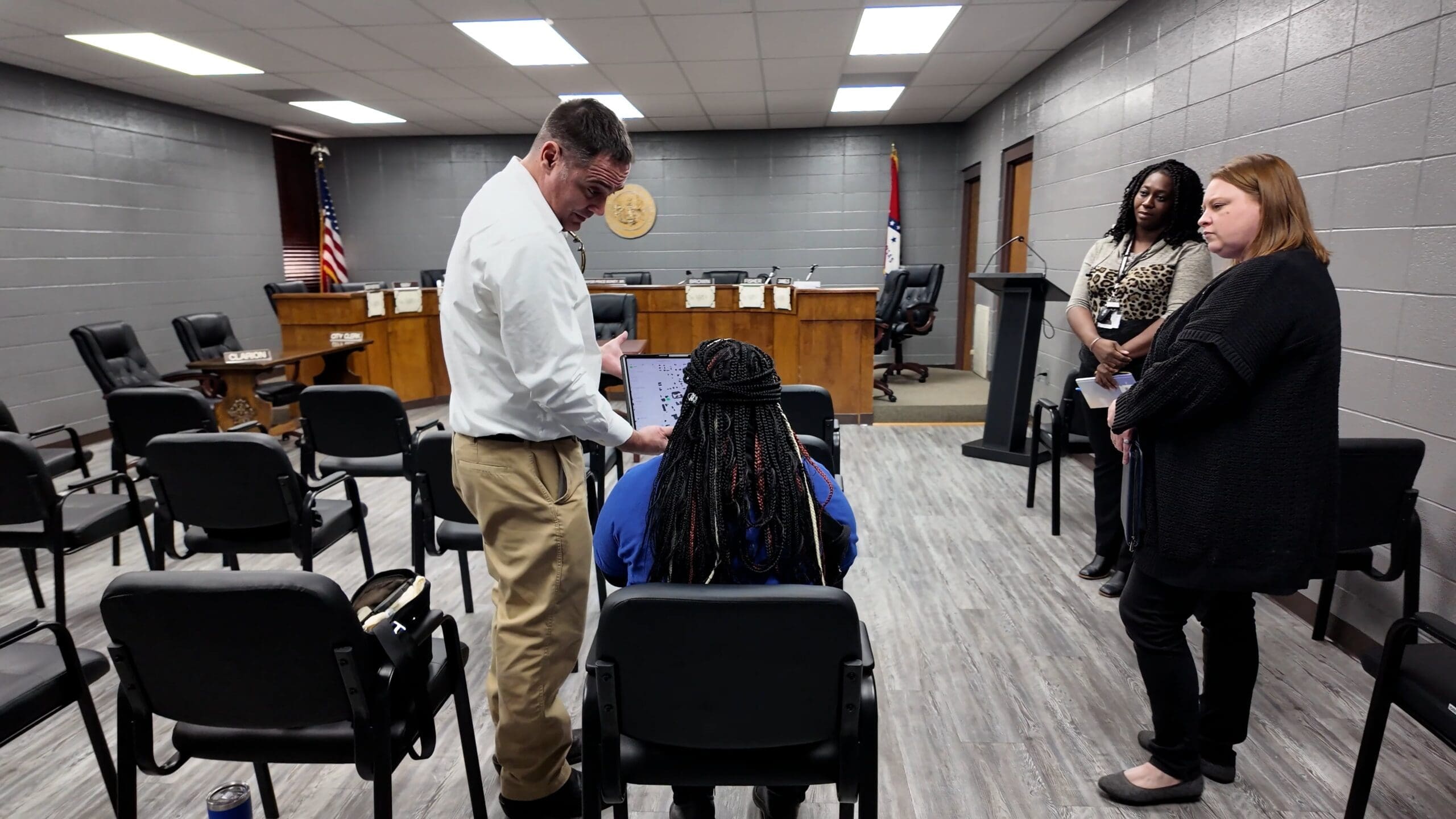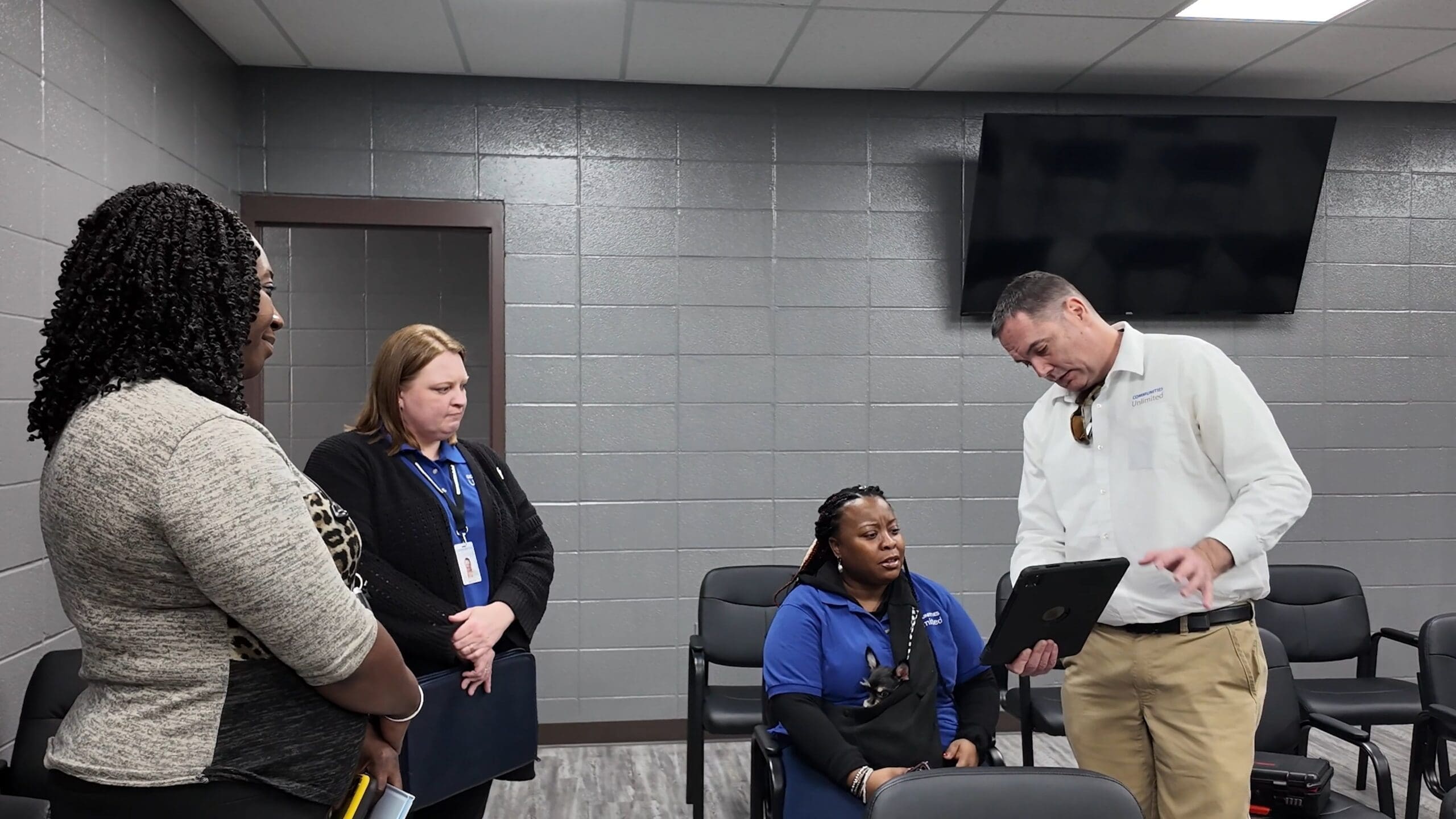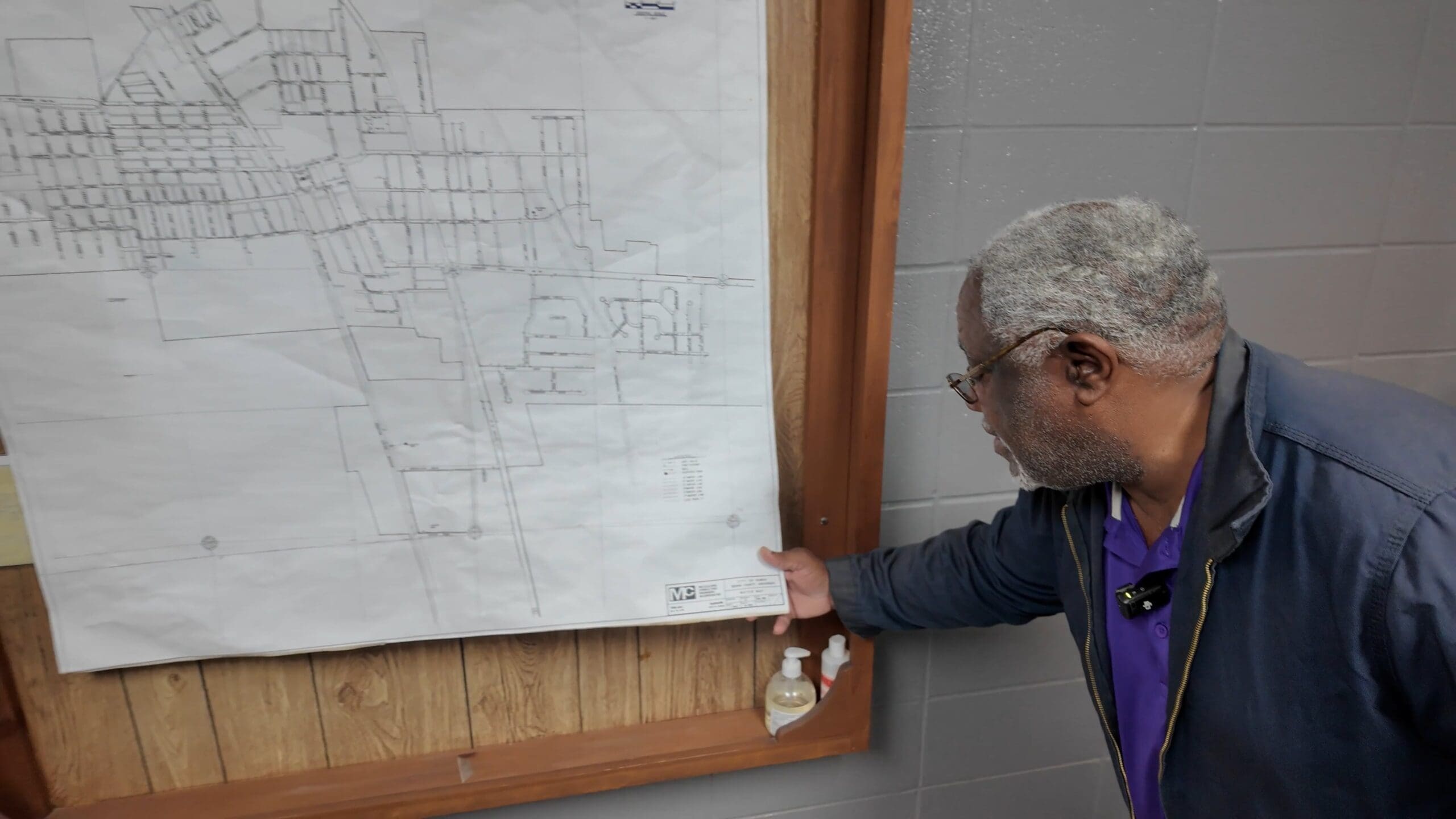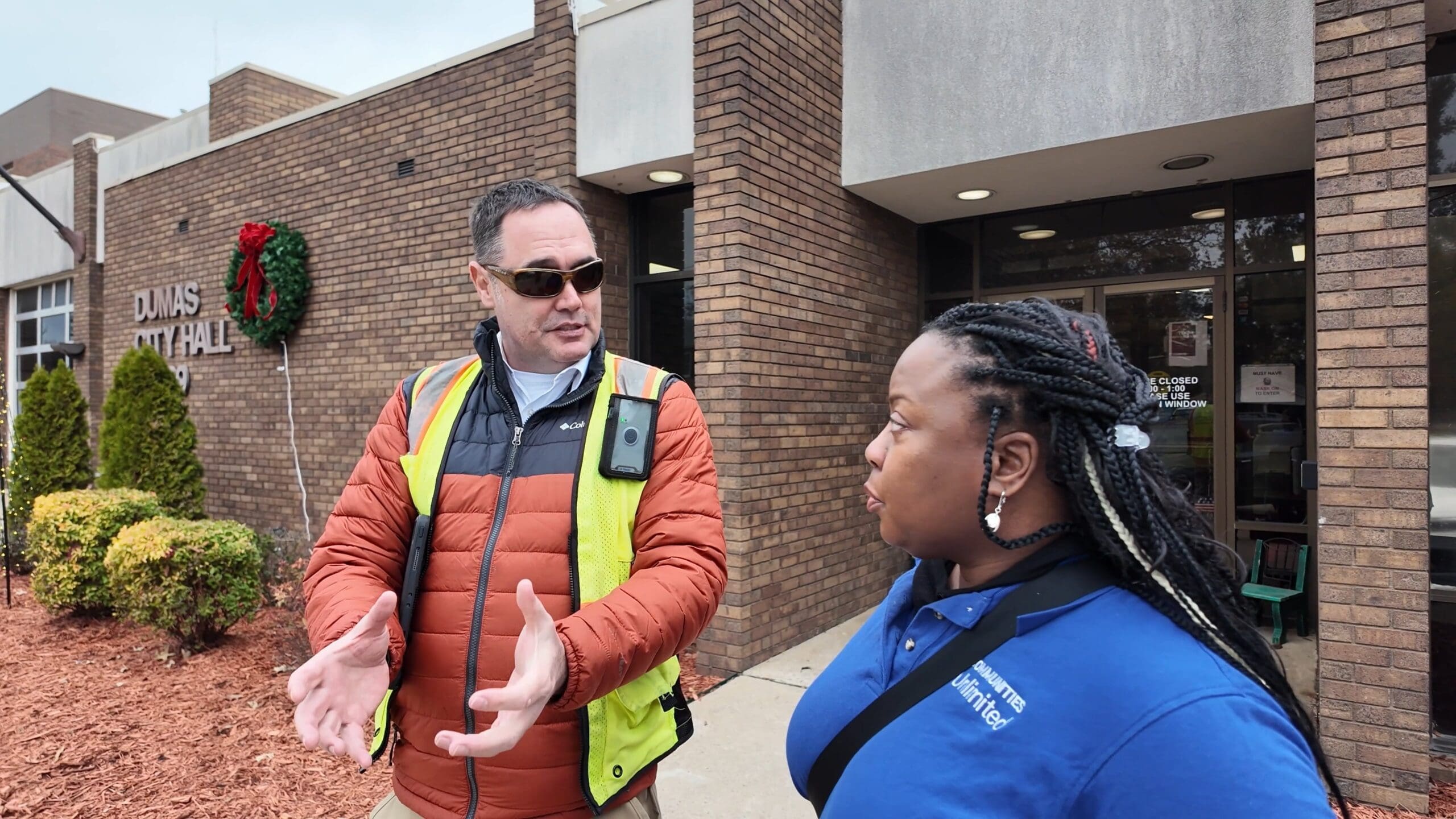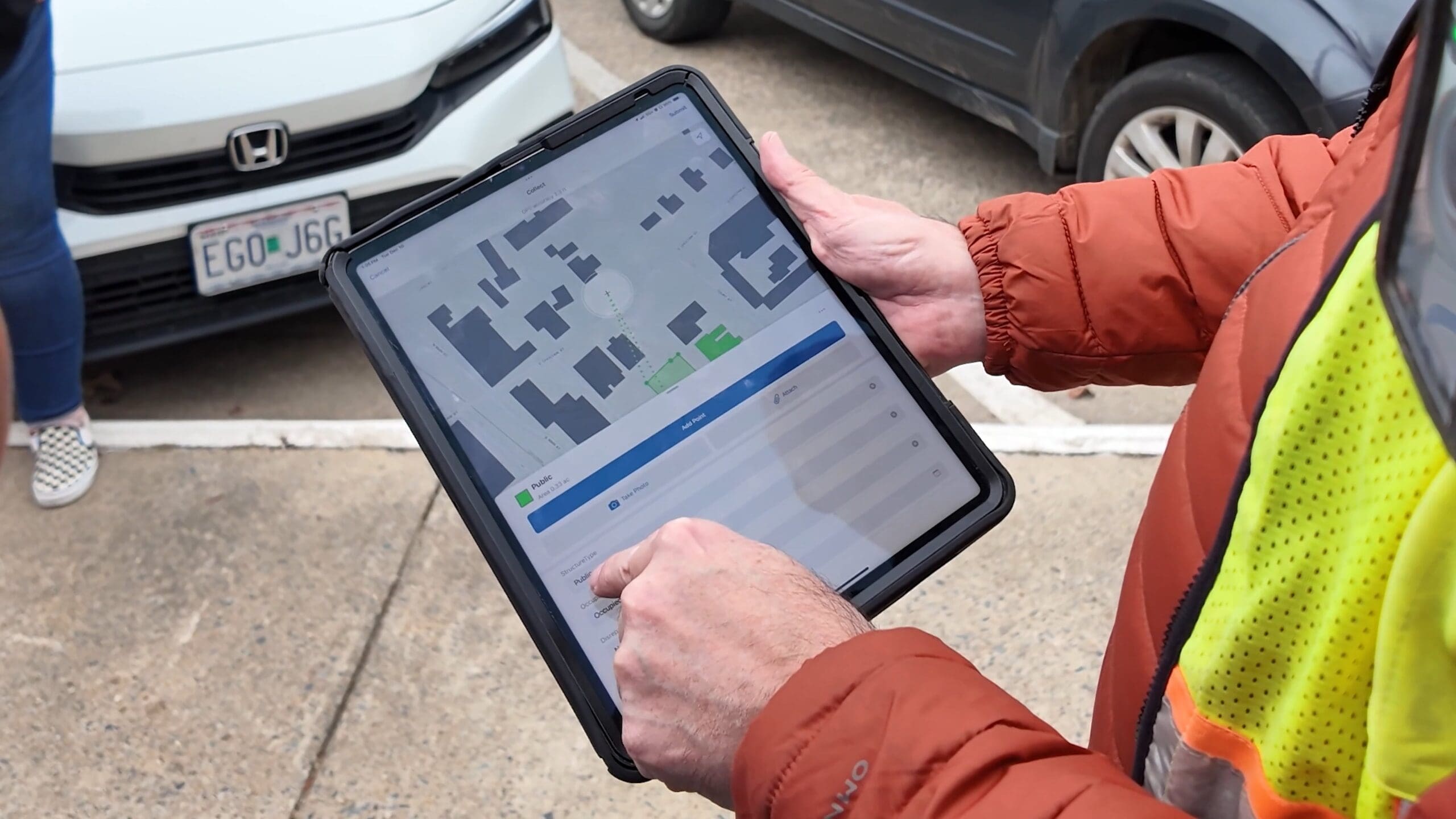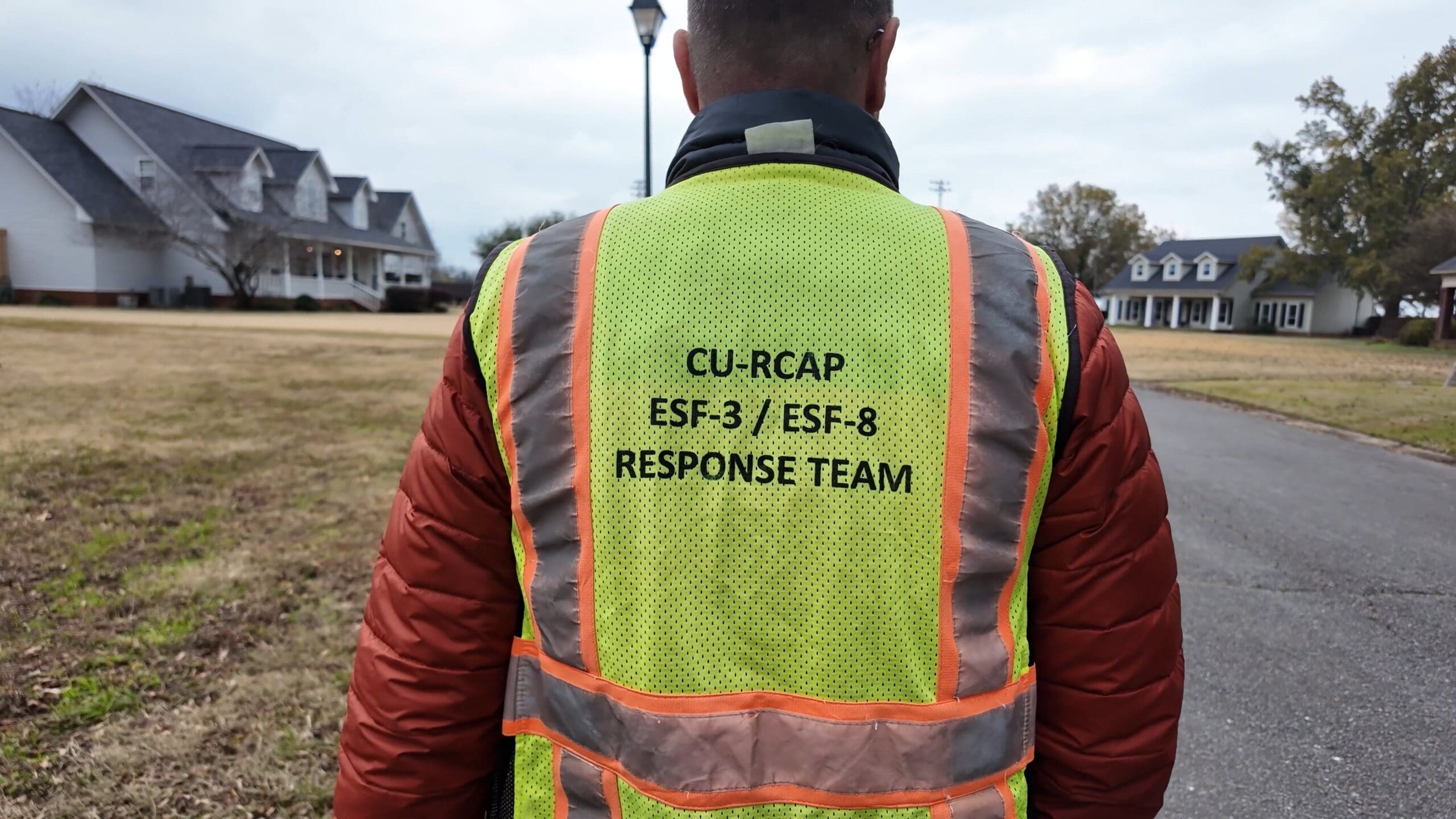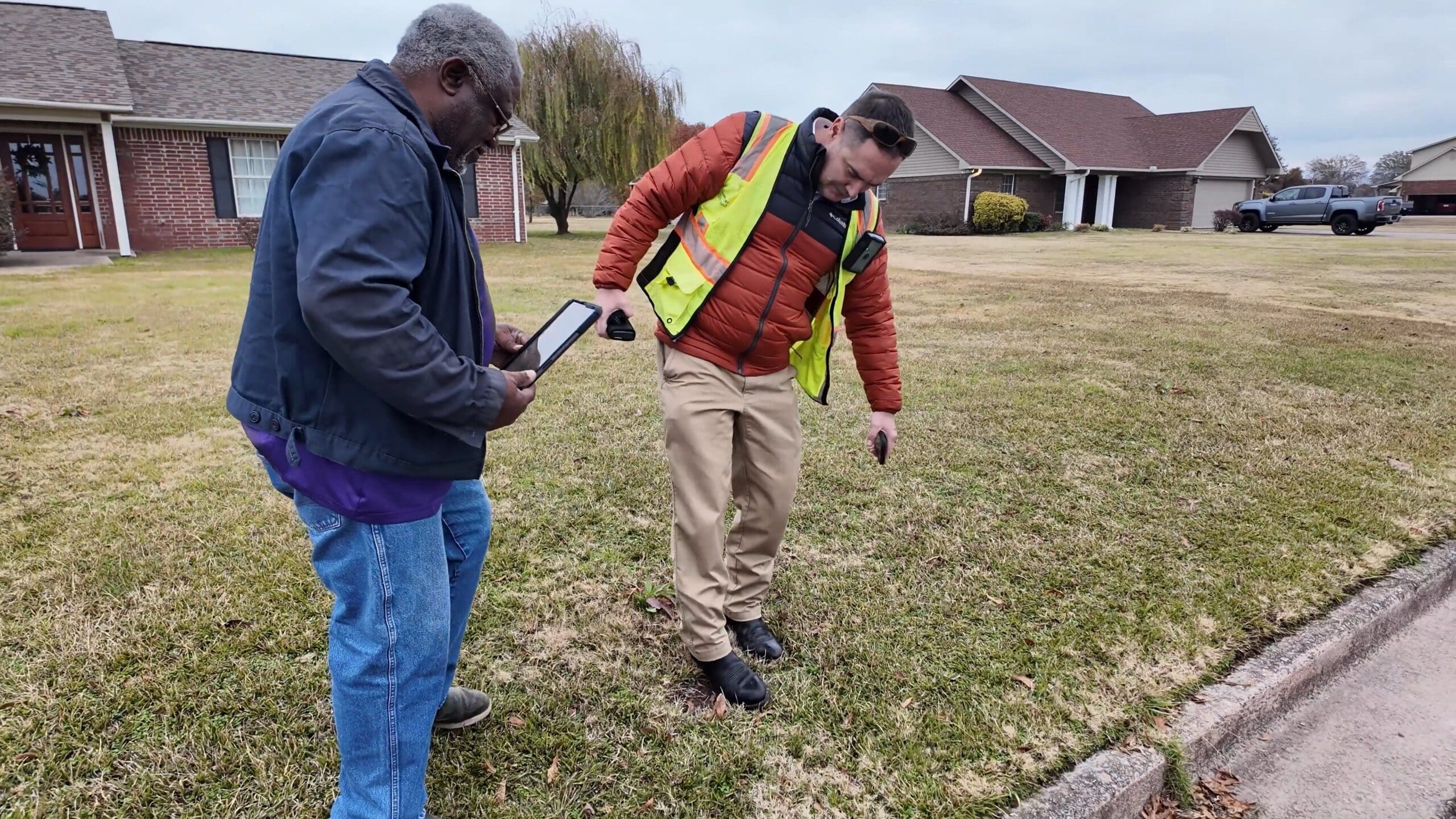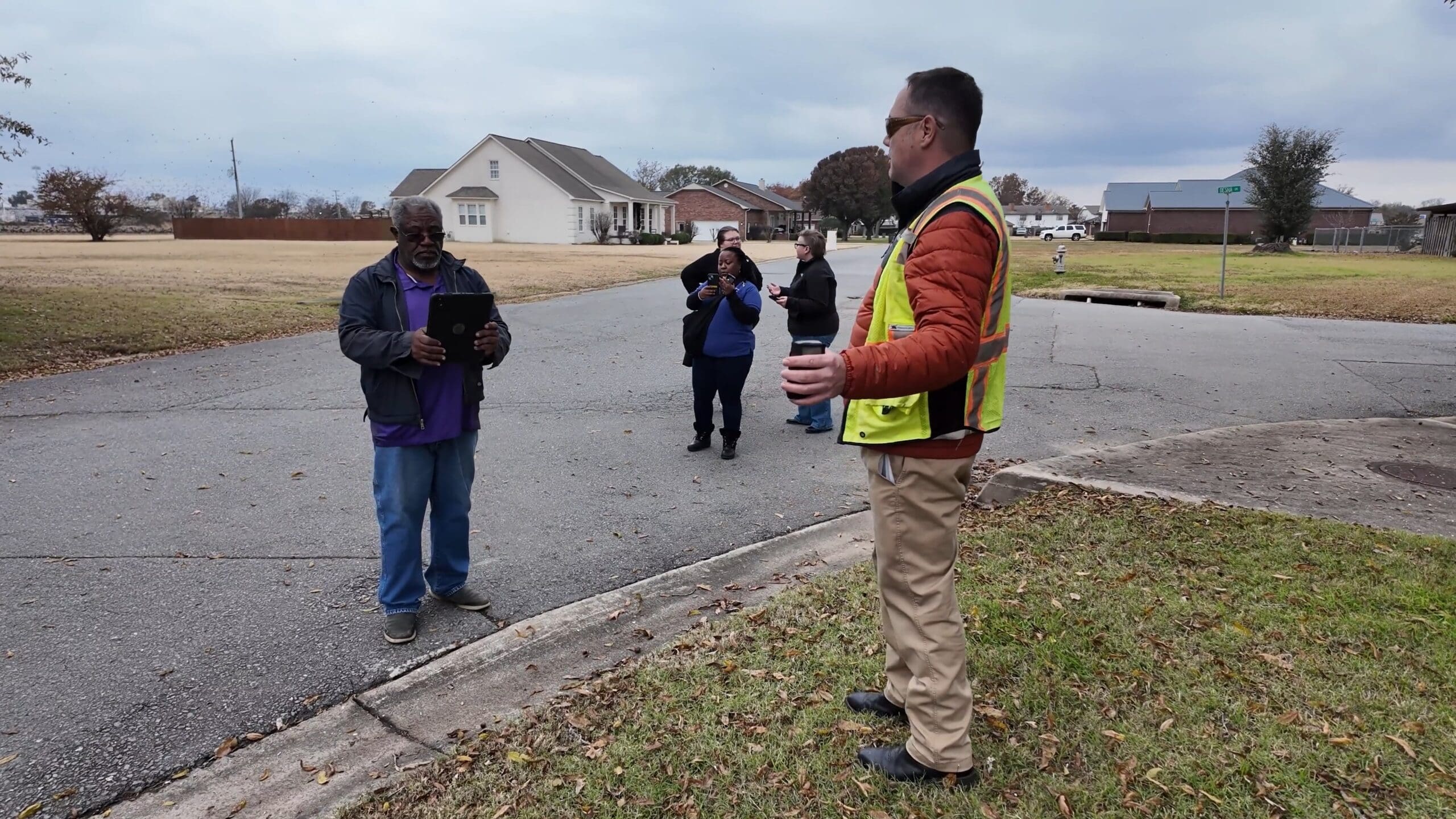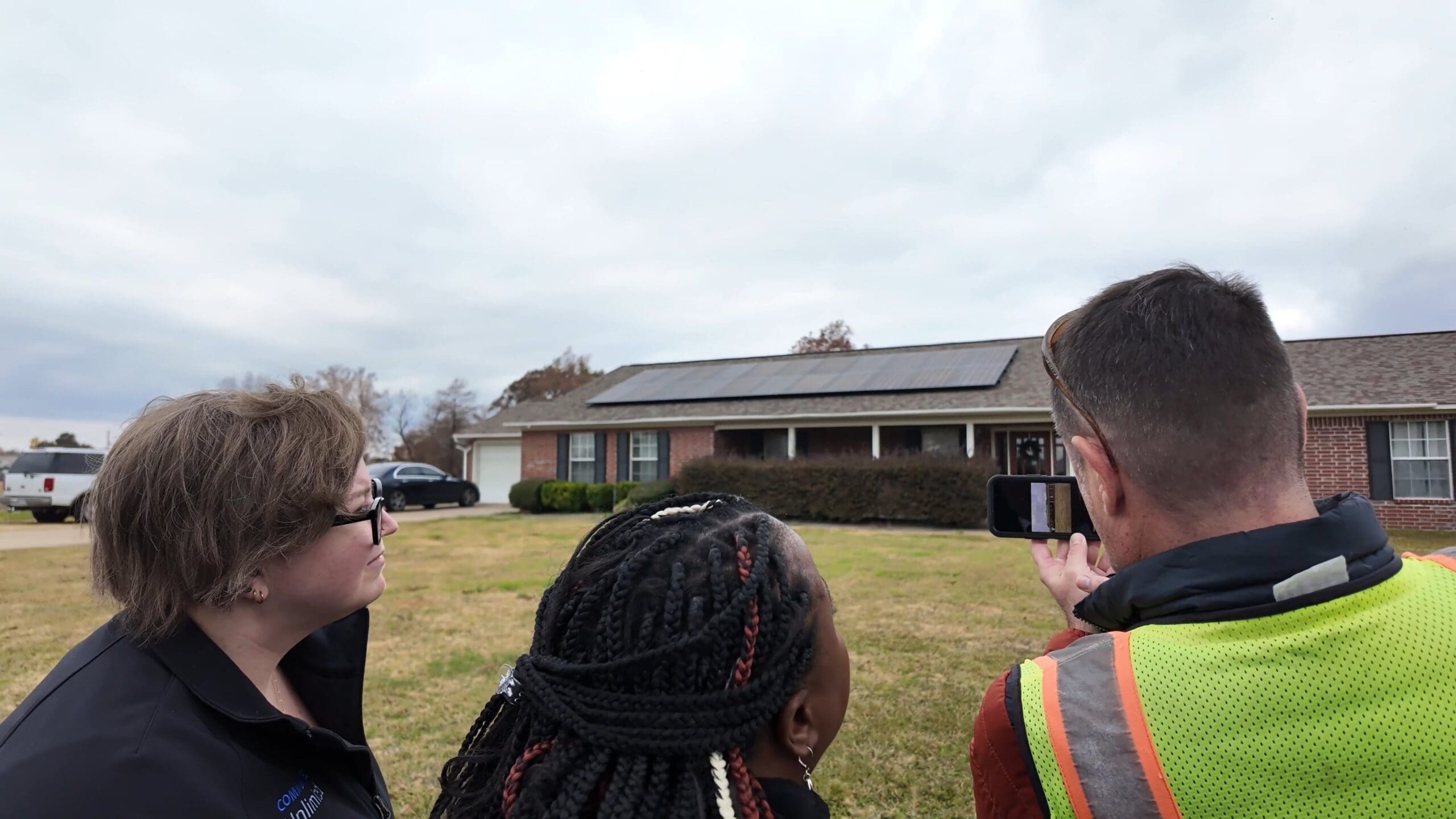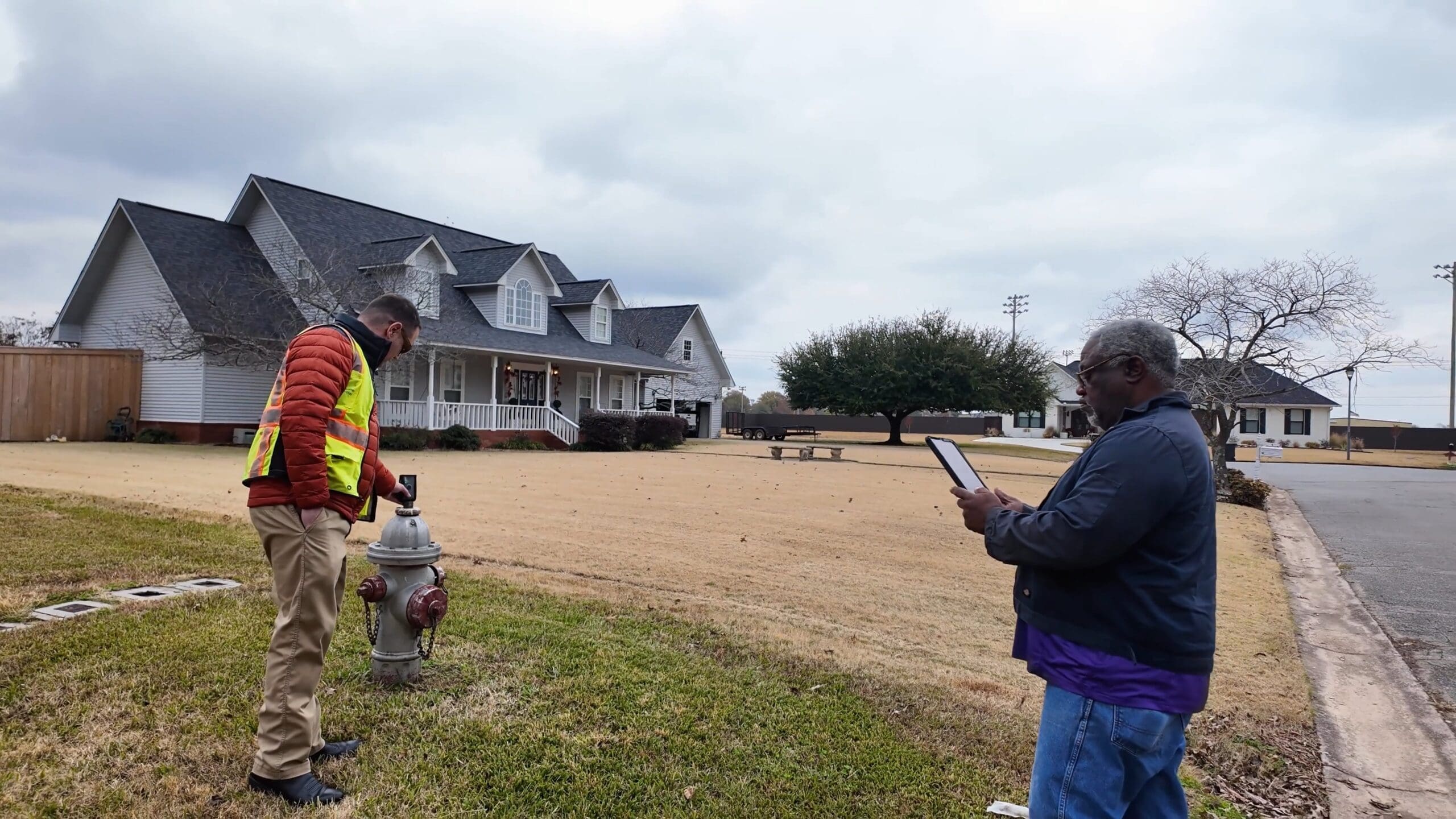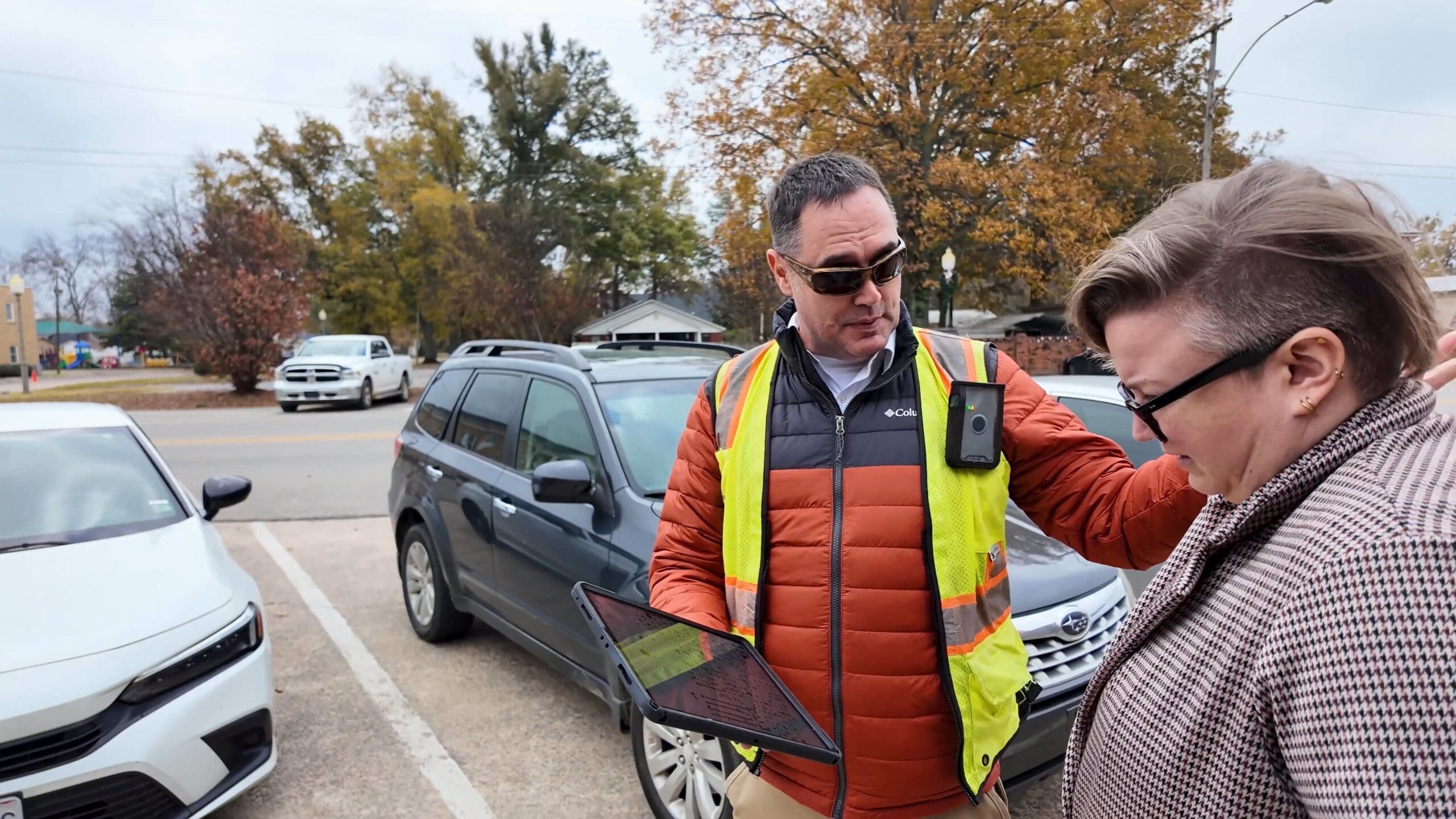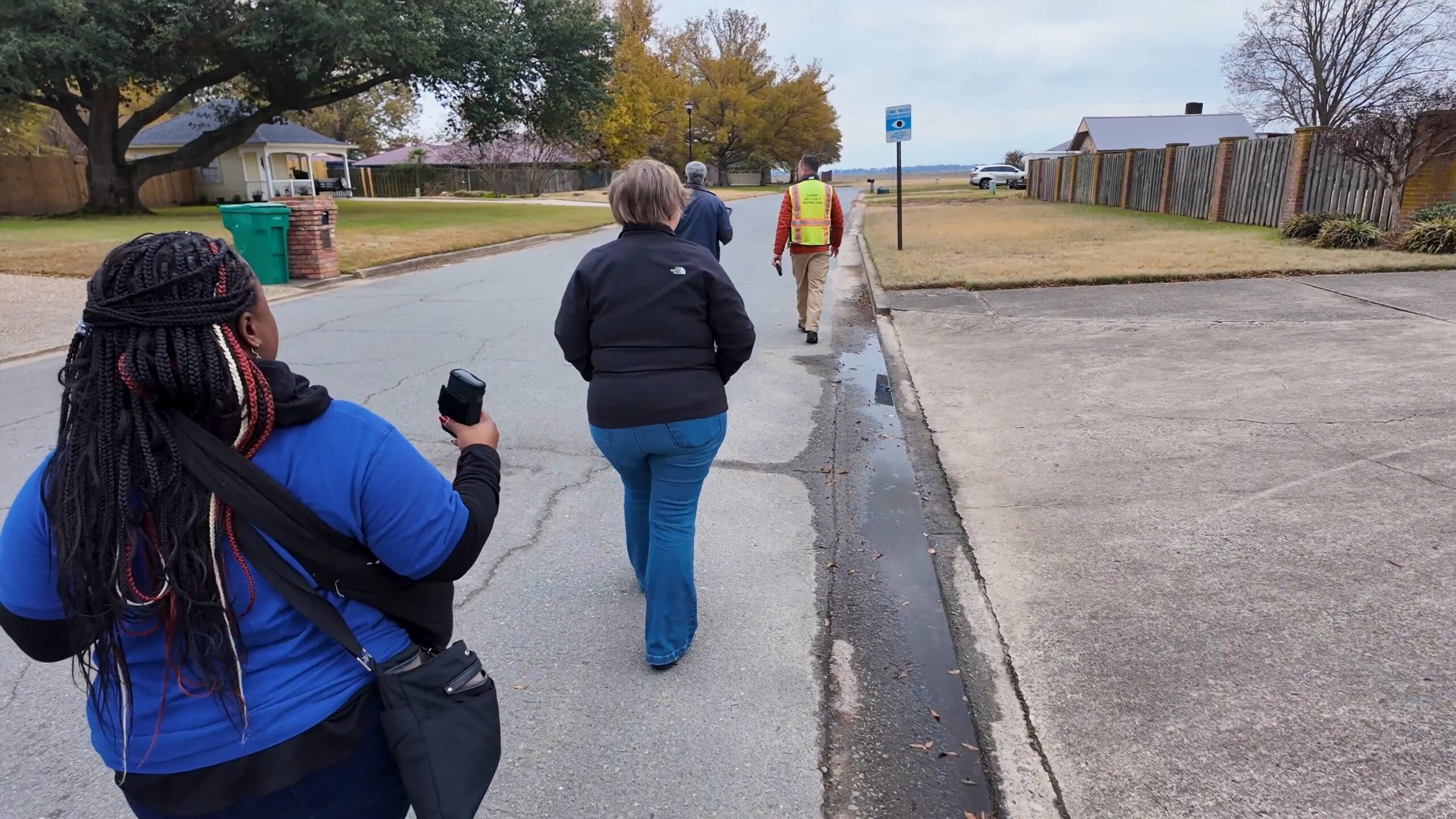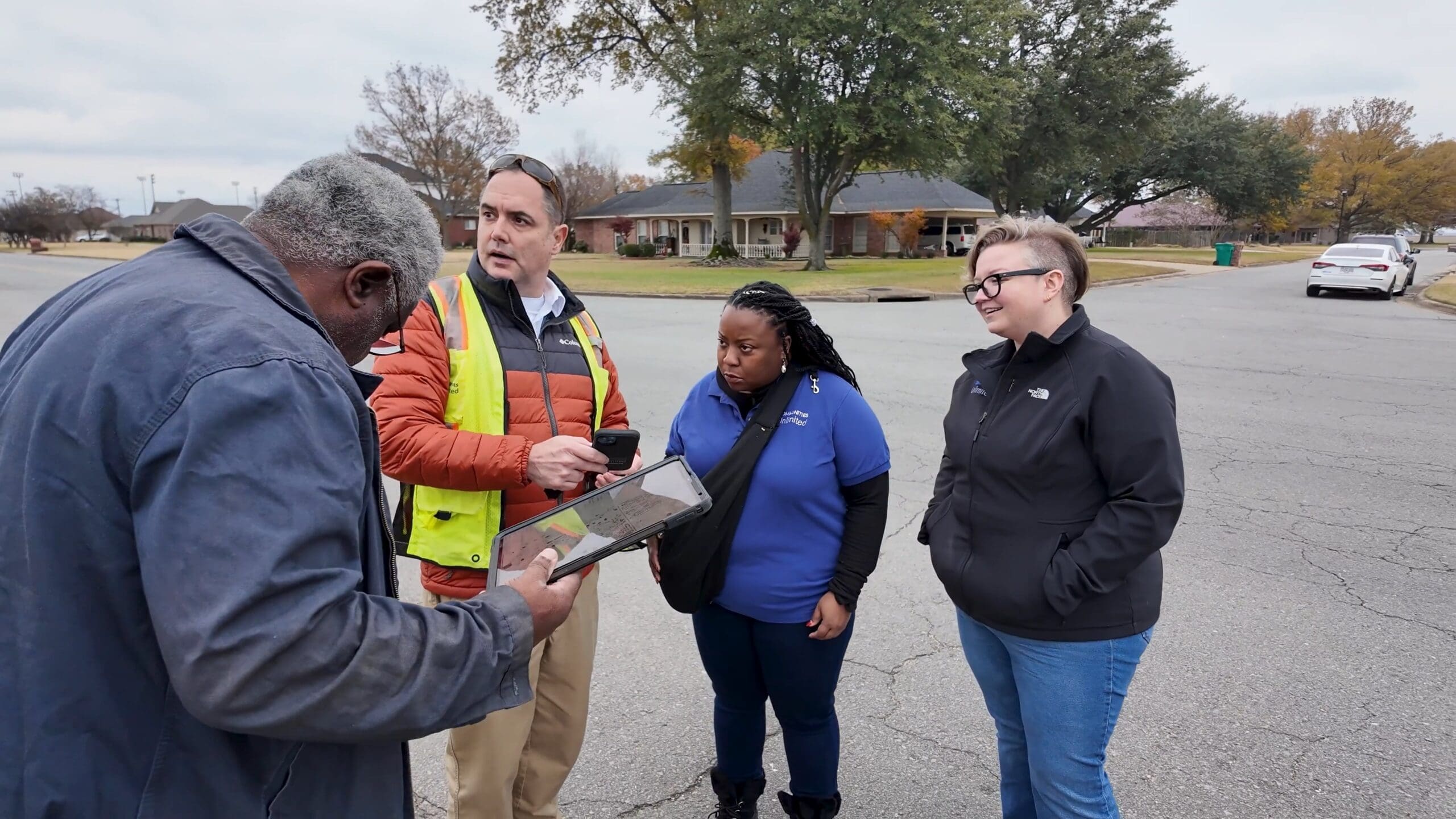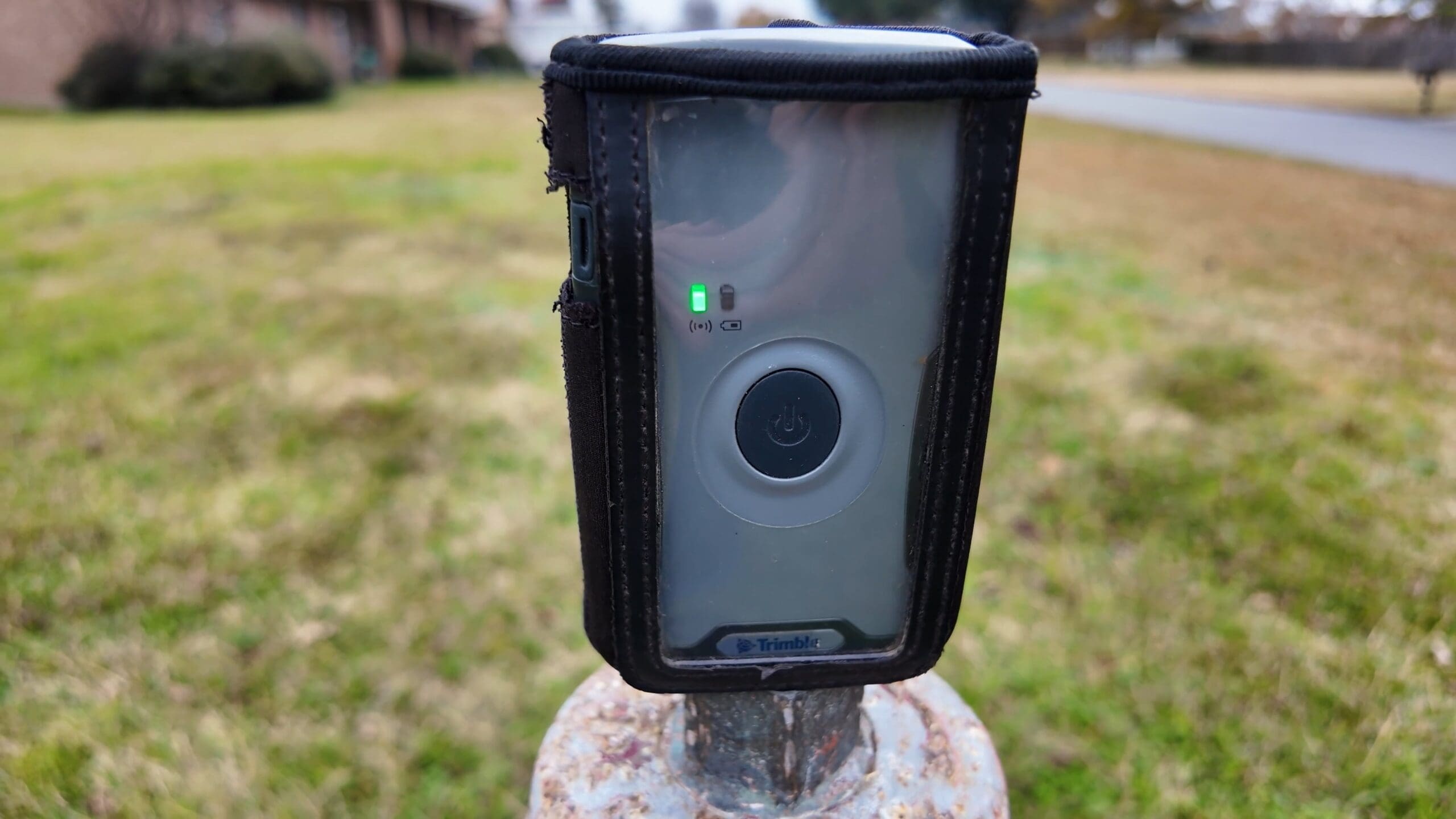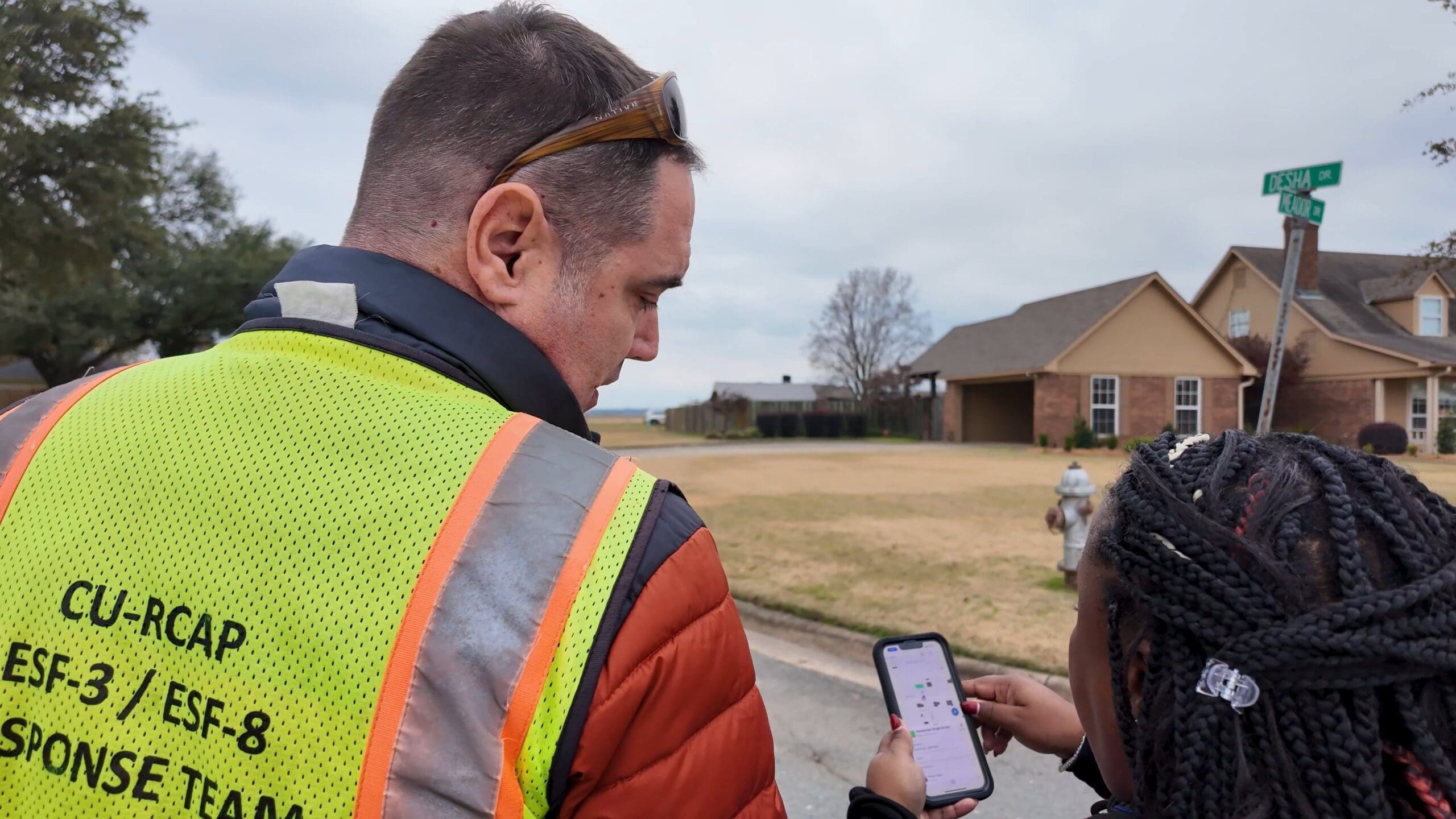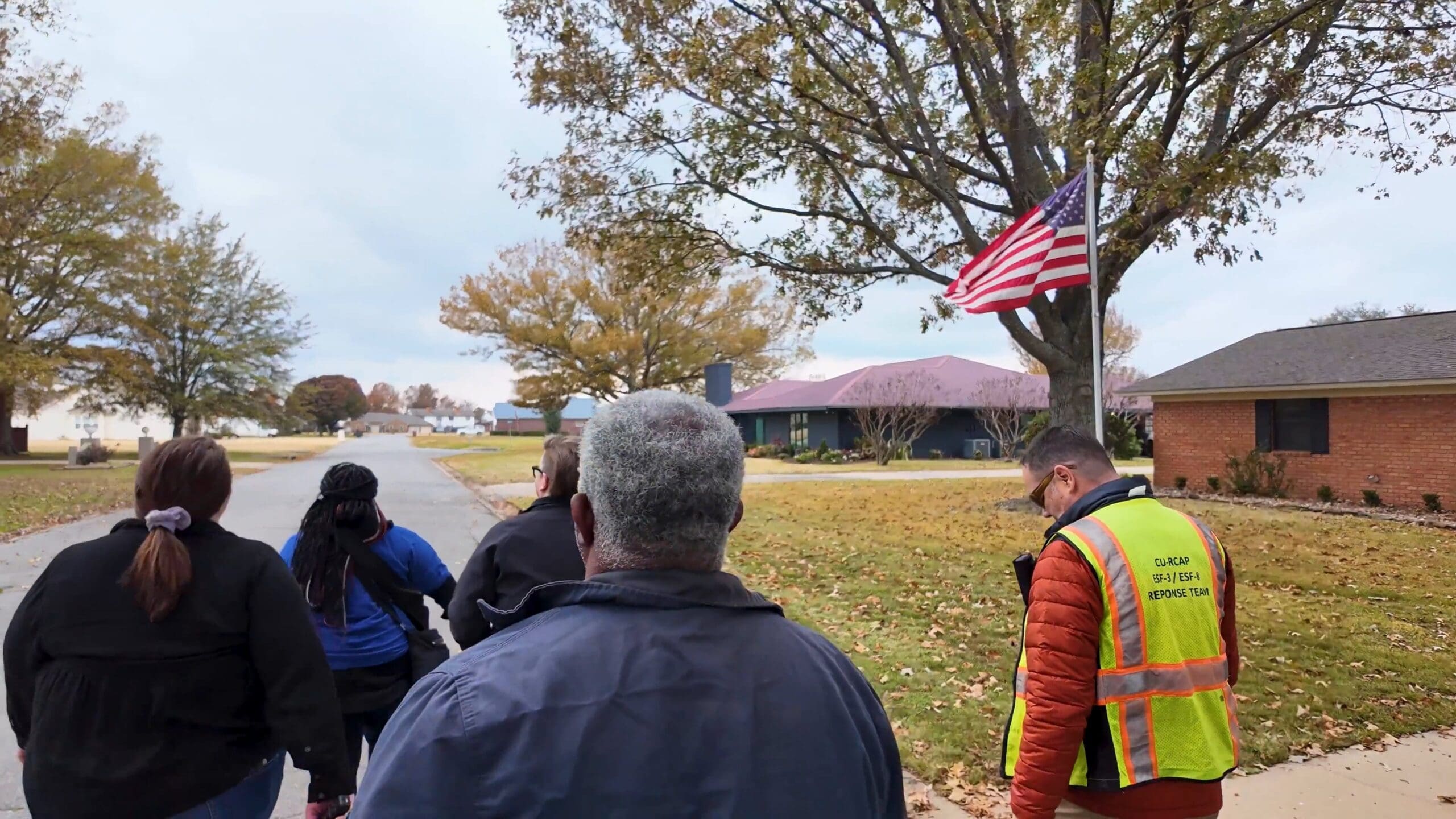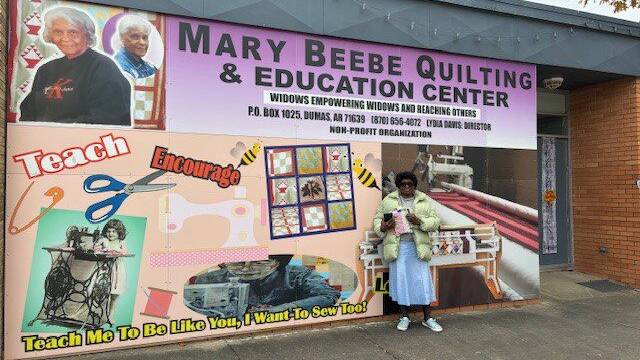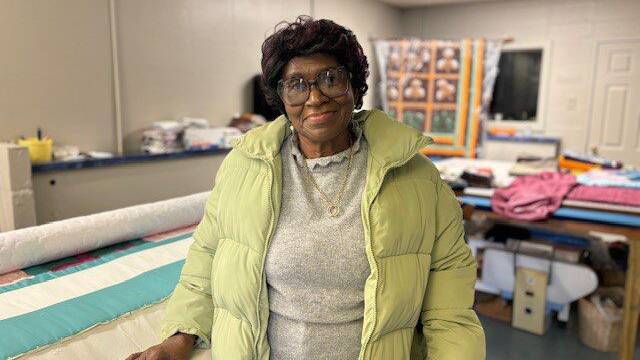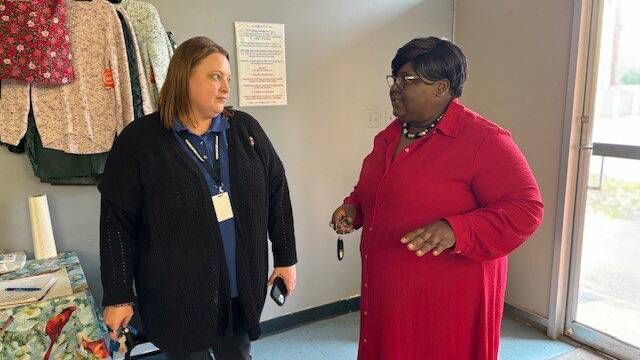For nearly a decade, Communities Unlimited (CU) has partnered with Dumas, Arkansas, on community-led initiatives, helping the city turn its vision for growth into reality. This Delta community has become a model for how motivated local leadership can collaborate with CU’s diverse program areas to drive innovation and development. From housing and community infrastructure improvements to cutting-edge GIS technology, CU’s teams are working together to unlock new opportunities for Dumas. Discover how Dumas is leveraging this partnership to build a brighter, more sustainable future.
From Community Sustainability to Collaboration
CU partnered with the City of Dumas in 2015 through its Community Sustainability (CS) program, launched in 2014. Dumas was one of the first communities to participate, benefiting from CU’s efforts to connect leadership groups, including youth, and develop initiatives that celebrated local culture and fostered economic growth. Projects like I AM DELTAMADE highlighted Delta life through art, while business incubation efforts supported small enterprises, including Celestial Day Spa, which opened in 2016. CU also helped revitalize the Dumas Arts Center, transforming it into a hub for events like poetry slams, karaoke, and comedy nights.
CU supported community-led initiatives like Widows Empowering Widows and Reaching Others, a nonprofit founded by Lydia Davis in 2016. CU assisted the organization in launching a quilting program that repurposed recycled clothing, offering emotional support and skill-building opportunities for vulnerable community members.
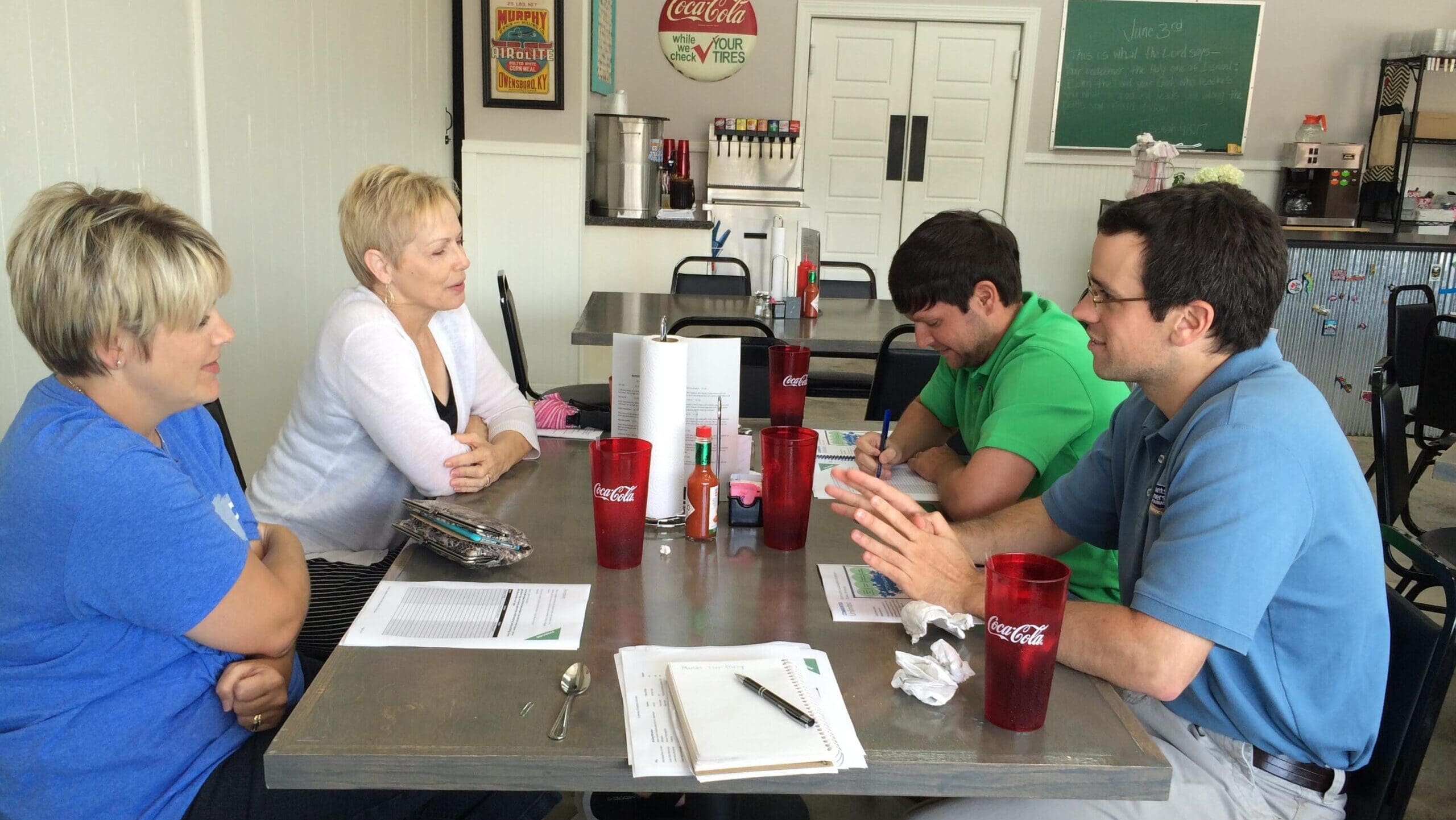
Also in 2016, CU’s Community Infrastructure Team joined the effort under then Arkansas State Coordinator Brad Jarrett, addressing solid waste challenges and exploring innovative solutions. Early projects included helping the city expand its recycling program to process used cooking oil into biodiesel for city vehicles, saving on maintenance costs and reducing environmental impact. CU also worked with local businesses, such as furniture manufacturers and trailer companies, to explore sustainable wood waste disposal methods. These initiatives aimed to turn waste into community assets, creating economic opportunities while promoting environmental sustainability.
By 2019, CU’s impact grew with the Sewer Regionalization Project, connecting Winchester’s sewer system to Dumas through $3.9 million in Clean Water State Revolving Funds. Additional support followed in 2021 with USDA Community Facilities Technical Assistance and Training (CFTAT) grants to secure two new police cars and conduct a rate study. In 2023, CU helped Dumas obtain American Rescue Plan Act (ARPA) funding to address sludge removal at its wastewater treatment plant.
Integrating GIS
Now, CU’s strategic blending model is reaching new heights with its latest initiative: a comprehensive GIS mapping project that integrates infrastructure data with housing assessments. Led by CU GIS Coordinator Don Becker, the project is not only mapping Dumas’s water and wastewater systems but also cataloging structures, identifying vacant tracts of land, and assessing buildings in disrepair.
“This is our first opportunity to interface housing in the field. We’re not just mapping utilities; we’re evaluating structures and properties to identify unoccupied land for development and catalog buildings in disrepair. This inventory will give the community a clear picture of where opportunities for growth lie.”

— Don Becker, GIS Coordinator at Communities Unlimited
Using GIS technology, Becker captures and ties photographs of each structure to a digital map, creating a powerful tool for both city planners and CU’s Housing Team. Audra Butler, CU’s Area Director of Rural Housing, explained the broader impact:
“GIS is an essential feature for rural communities planning their housing and future developments. Most rural areas lack the resources for large-scale GIS mapping projects. By working with Dumas, we’re piloting how GIS can amplify housing needs assessments, enabling us to visualize data and make strategic plans for development.”
Tangible Results
CU’s housing efforts in Dumas are already producing significant outcomes. Eleven roofs have been replaced, and two low-income homeowners have received new windows and HVAC systems. Ongoing projects include plumbing repairs and mold remediation. Kapriskie Mack, CU’s Community Housing Technician, works closely with homeowners to ensure their needs are met, providing essential support and care.
This work builds on CU’s success in Pine Bluff and serves as a model for future efforts. Butler envisions expanding this approach to 10 communities in East Texas, demonstrating the power of combining data-driven GIS tools with housing expertise.
“This model allows rural areas to access data comparable to urban centers. By pairing GIS with housing and working strategically across teams, we’re setting a precedent for rural development across the U.S.”

— Audra Butler, Area Director of Rural Housing at Communities Unlimited
Addressing Infrastructure Needs
For Pat Fitzgerald, Dumas’s Water Superintendent, CU’s GIS mapping provides solutions for long-term infrastructure management.
“Our current mapping is very old and doesn’t include new lines,” Fitzgerald said. “CU is taking my knowledge and putting it into a system that will help future staff locate assets after I’m gone. It’s a morale boost to see this progress. It’s much needed.”
The project’s scope has grown significantly, driven by a request from the Dumas Housing Taskforce and City Council Member Linda Weatherford for GIS mapping. What began as utility mapping has expanded to include potential development sites, vacant lots, flood zones, and infrastructure needs. CU’s Infrastructure Team, led by State Coordinator Tonya Kendrix and supported by Community Environmental Management Specialist Cherub Alford, continues to provide technical assistance.
“We’re working on another rate study analysis, asset management plans, identifying funding opportunities, and helping Dumas meet their needs,” Kendrix said. “Dumas is setting goals for growth, and we’re seeing those dreams take shape.”
A Model for Rural Transformation
The strategic blending of CU’s teams in Dumas highlights the transformative power of holistic, data-driven approaches in rural development.
“It’s the strategic blending model in action,” Becker said. “Every piece of work we do is interrelated. The GIS data supports housing, rate studies, and infrastructure planning. What we do impacts and benefits the other personnel that are in this community.”
City of Dumas Finance Officer and Water Department Supervisor Sheree Jackson praised CU’s contributions:
“The information and connections CU provides are priceless. They help us secure resources and funding for projects that are important for our future.”
— Sheree Jackson
CU’s work in Dumas is more than a community success story — it is a springboard for broader initiatives. By blending expertise, resources, and innovative tools, CU is proving that small towns like Dumas can access the infrastructure, housing, and data solutions needed to thrive.
This collaboration showcases the future of rural development.


